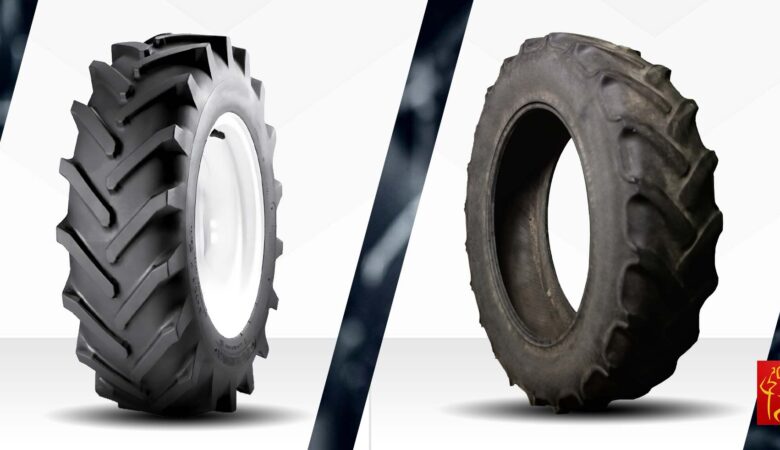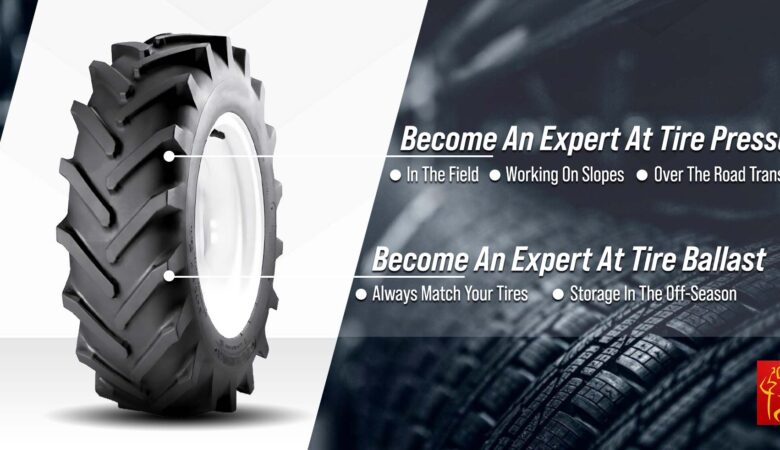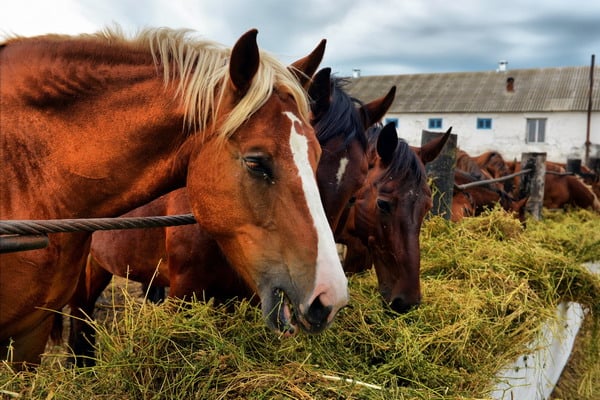Mytee Products was built on selling truck tarps and other cargo control supplies to flatbed truckers. Over the years though, we have expanded our inventory to include products like moisture testers, hay tarps, and temporary storage buildings for growers and cattle owners.
When our non-agricultural customers ask us why we sell these things, the answer is simple: hay needs preserving. Cutting and baling hay seems like a simple thing to the uninitiated. It’s really not. For starters, a moisture level should ideally be under 20% before harvesting. Otherwise, microbes and bacteria will easily thrive in bale hay. Thus, the need for moisture testers.

A moisture tester works by sending electrical current through the hay. The speed at which the current returns to the tester will be affected by the moisture level in the hay. The technology is actually pretty simple. Having said that, moisture testers are even more critical today due to all the hybrids growers are working with. They can no longer rely on visual cues to determine moisture content.
When Hay Is Too Wet
Hay preservation is all about maintaining high-quality. Growers ideally want to sell a product that retains high nutritional value with very little crop loss as a result of mold and bacteria growth. Moisture levels are a major player in hay preservation. There are several reasons for this.
Hay that is too wet is a haven for mold and mildew. This is obviously not good for the farmer and rancher intending to feed the hay to cattle. Just a little bit of mold and mildew can ruin an entire bale. That says nothing of the various kinds of microbes and bacteria that normally grow in hay bales.
High moisture content allows these microbes and bacteria to thrive. When that happens, the microbes and bacteria generate heat. This is bad for two reasons. First, excess heat in bale hay ultimately ends up reducing its nutritional value by breaking down the hay over time. Buyers don’t want this for obvious reasons.
The other problem with heat is that it can cause spontaneous combustion. That’s right, the stories you’ve heard about bale hay burning on its own are absolutely real. As microbes and bacteria generate heat, the internal temperature of the bale increases. Hay deep within the bale can begin smoldering without anyone knowing it. That smoldering can continue for days until it finally erupts in an uncontrollable fire.
The Use of Hay Preservatives
One way to enhance hay preservation is to use preservatives. One of the more popular preservatives is something known as propionic acid. Before being used as a hay preservative, the acid is buffered in order to get its pH level as close to neutral as possible. That ostensibly makes it safe for animals. However, not everyone agrees that using propionic acid is a good idea.
Whether or not hay preservatives are your thing, getting moisture content correct is still the best method for preserving hay. Continually measuring moisture content in the weeks leading up to harvest is a good starting point. After that, it’s all about quickly baling and getting the hay undercover as quickly as possible. That’s why we sell hay tarps and temporary storage buildings, by the way.
Hay needs preserving if it is going to supply farmers and ranchers what they need through the winter. We are doing our part to promote hay preservation by supplying our customers with moisture testers, tarps, and temporary storage buildings. Everything you need to store and preserve your hay can be found here on our website.










